Understanding and Managing Male Urinary Incontinence
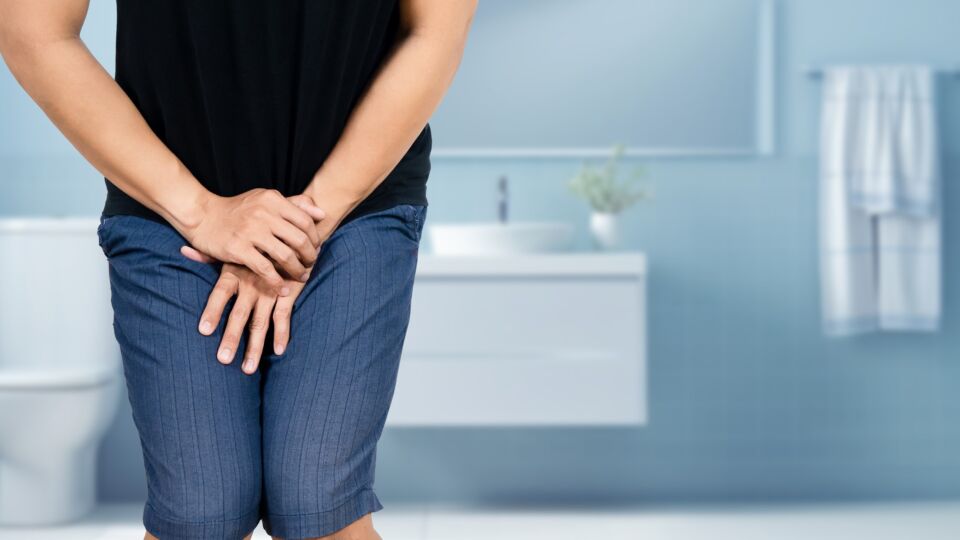
Urinary incontinence, often mistakenly thought as a condition primarily affecting women, is a surprisingly common and often an upsetting issue for men. While less prevalent than in women, men over the age of 40 do experience some form of urinary leakage. This involuntary loss of urine can range from a few drops to a complete emptying of the bladder, significantly impacting quality of life, confidence, and social engagement.
The good news is that male urinary incontinence is almost always treatable, and often curable. Understanding the different types, causes, and available solutions is the first step towards regaining control and living a full, active life.
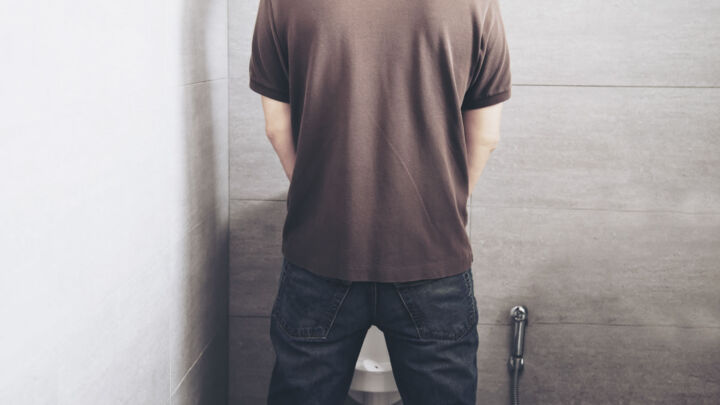
Types of male urinary incontinence
Just like in women, male incontinence can show up in several ways.
Stress incontinence (SUI) |
Involuntary leakage of urine during physical activities that put pressure on the bladder, such as coughing, sneezing, laughing, lifting heavy objects, or exercising. In men, SUI is most commonly associated with prostate surgery, where the urinary sphincter may be weakened. |
Urge incontinence |
A sudden, intense urge to urinate leading to involuntary leakage. This can be caused by involuntary contractions of the bladder muscle. Neurological conditions, bladder irritation, enlarged prostate or overactive bladder can lead to urge incontinence. |
Overflow incontinence |
This happens when the bladder does not empty completely, leading to a constant dribble or frequent leakage of small amounts of urine. It is often due to an obstruction or a weak bladder muscle that stops effective emptying. |
Functional incontinence |
The inability to reach the toilet in time due to physical or cognitive impairments. |
Mixed incontinence |
A combination of two or more types of incontinence, most commonly stress and urge incontinence. |
Common causes and risk factors
While prostate surgery is a significant cause of SUI in men, several other factors can contribute to urinary incontinence:
Prostate problems |
Benign prostatic hyperplasia(BPH)An enlarged prostate can obstruct urine flow, leading to overflow incontinence or bladder over-activity causing urge incontinence. Prostate cancer treatmentRemoval of the prostate can damage the urinary sphincter. Radiation therapy to the pelvis can also affect bladder and sphincter function. |
Neurological conditions |
Diseases like Parkinson’s disease, multiple sclerosis, stroke, or spinal cord injury can disrupt nerve signals between the brain and bladder, affecting bladder control. |
Chronic health conditions |
Diabetes, obesity, and chronic cough can increase the risk of incontinence. |
Medications |
Certain drugs, such as diuretics, sedatives, some cold medications, and antidepressants, can cause or worsen incontinence. |
Lifestyle factors |
Excessive caffeine or alcohol intake, smoking, and a lack of physical activity can contribute to bladder issues. |
Urinary tract infections (UTIs) |
While more common in women, UTIs can cause urinary frequency and urgency and in some cases, may also lead to temporary incontinence in men. |
Diagnosis and treatment
If you are experiencing urinary incontinence, the first and most important step is to consult a doctor, preferably a urologist. They will carry out a thorough evaluation, which may include:
 Medical history |
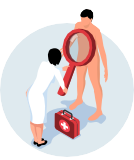 Physical examination |
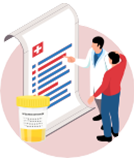 Urinalysis |
 Bladder diary |
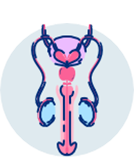 Urodynamic studies |
Treatment options vary widely depending on the type and cause of incontinence:
Lifestyle modifications |
Pelvic floor muscle (kegel) exercisesStrengthening these muscles can significantly improve SUI and urge incontinence. A physical therapist specialising in pelvic floor dysfunction can provide proper guidance. Bladder trainingGradually increasing the time between urination to help the bladder hold more urine. Dietary changesReducing caffeine, alcohol, and acidic foods that can irritate the bladder. Weight managementLosing excess weight can reduce pressure on the bladder. Fluid managementDrinking adequate fluids, but avoiding excessive intake before bedtime. |
Medications |
Anticholinergics (for urge incontinence)To relax the bladder muscle. Beta-3 agonists (for urge incontinence)To increase bladder capacity. Alpha-blockers (for enlarged prostate)To relax prostate muscles and improve urine flow. |
Medical devices |
In cases of bothersome or severe urinary incontinence, men may need to use diapers or incontinence pads or even urinary catheter to overcome the problem. |
Minimally invasive procedures and surgery |
Male urethral slingA mesh sling placed to support and compress the urethra. Artificial urinary sphincter (AUS)A surgically implanted device that helps control urine flow, often considered for severe post-prostatectomy SUI. Botox injectionsInjected into the bladder muscle to treat severe urge incontinence. Nerve stimulation (sacral neuromodulation)A device implanted to stimulate nerves that control bladder function. |

Male urinary incontinence is a treatable condition, not a sentence to a permanent source of embarrassment or restriction. By understanding the causes, exploring treatment options, and adopting supportive strategies, men can effectively manage their symptoms and continue to live fulfilling, active lives.
Don’t suffer in silence – seek help and regain control of your bladder and your life.



